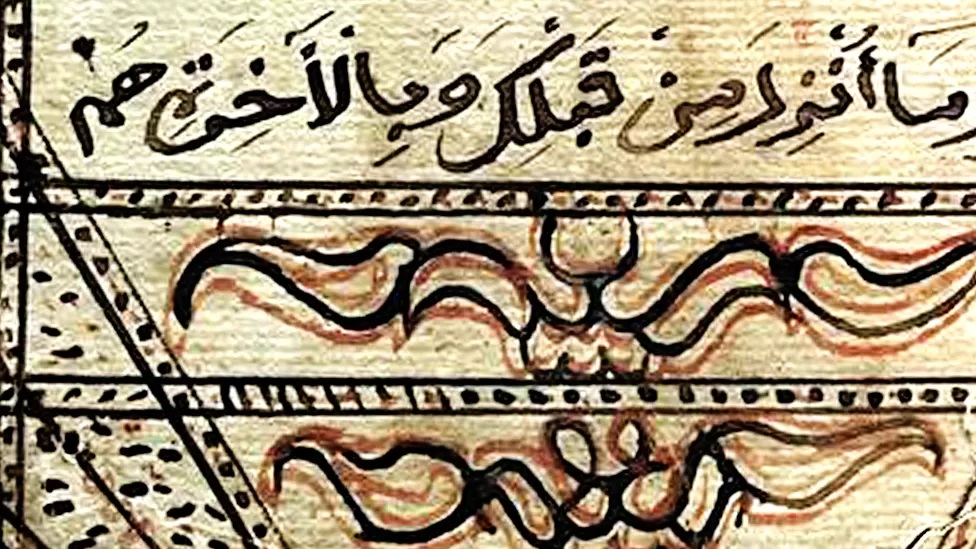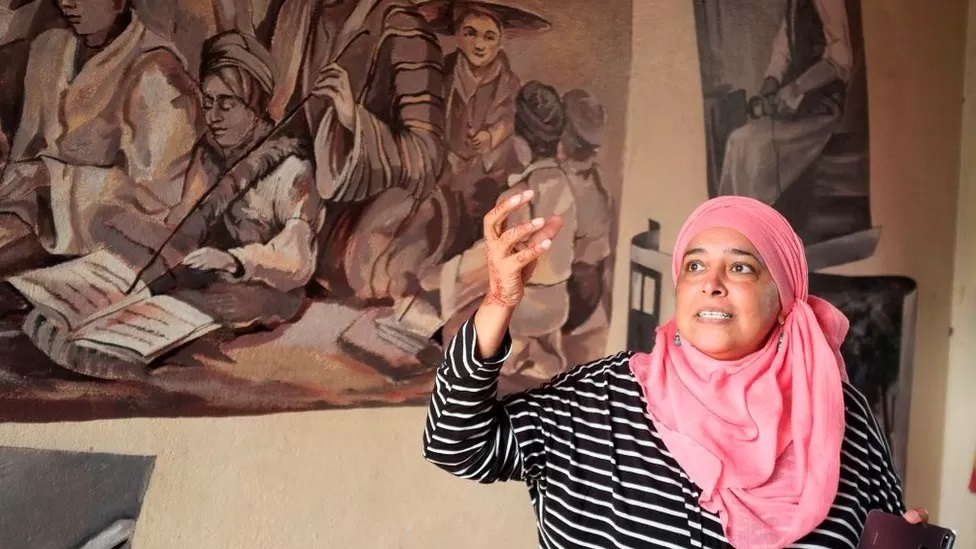- Cape Town’s Auwal Mosque houses South Africa’s oldest copy of the Qur’an, written over 200 years ago.
- The copy was discovered in the mosque’s attic during renovation efforts in the mid-1980s.
- Tuan Guru wrote the copies to preserve Islam among Muslim prisoners and slaves
Placed in fire- and bullet-proof casing in front of Cape Town’s Auwal Mosque, South Africa’s oldest copy of the Qur’an is the pride of Muslims who consider it one of the most valuable artifacts in their rich heritage.
The copy was discovered in the mid-1980s in the Auwal Mosque’s attic during renovation efforts.

Neatly handwritten more than 200 years ago, researchers believe that Imam Abdullah ibn Qadi Abdus Salaam, known as Tuan Guru or Master Teacher, wrote the Qur’an from memory after he was banished to Cape Town as a political prisoner.
📚 Read Also: Miracle of Number 19 in the Holy Qur’an
“It was extremely dusty, it looked like no one had been in that attic for more than 100 years,” Cassiem Abdullah, a member of the mosque committee, tells the BBC.
“The builders also found a box of religious texts written by Tuan Guru.”
The copy, written in black and red ink, comprised of loose pages. However, it was in surprisingly good condition.
The effort to restore and bind it together was the result of three-year work led by Maulana Taha Karaan, the then head jurist of the Cape Town-based Muslim Judicial Council, in cooperation with several local Quranic scholars.
📚 Read Also: Interpreting the Quran Through the Quran Itself

Islam was first practised in what is now South Africa by slaves and prisoners (Getty Images)
Lifting Muslim Spirits
Tuan Guru’s biographer, Shafiq Morton, believes that Tuan Guru started writing the first of five copies while being held on Robben Island.
“I believe one of the reasons he wrote the Qur’an was to lift the spirits of the slaves around him. He realized that if he were to write a copy of the Qur’an he could educate his people from it and teach them dignity at the same time,” Morton says.
“If you go to the archives and look at the paper that the Dutch used, it is very similar to that used by Tuan Guru. It’s probably the same paper.
“His pens he would have made himself from bamboo, and the black and red ink would have been easy to obtain from the colonial authorities.”
Shaykh Owaisi, a lecturer in South African Islamic history who has done extensive research on handwritten Qur’ans in Cape Town, added that Tuan Guru wrote the copies to preserve Islam among Muslim prisoners and slaves.
“While they were preaching the Bible and trying to convert the Muslim slaves, Tuan Guru was writing copies of the Quran, teaching it to the children and getting them to memorize it.
“It tells a story of resilience and perseverance. It shows the level of education of the people that were brought to Cape Town as slaves and prisoners.”
Surprisingly, Tuan Guru’s banishment to southern Africa led to the spread of Islam to this part of the world, where Muslims now make up around 5% of Cape Town’s estimated population of 4.6 million.
“When he came to the Cape, Tuan Guru observed that Islam was in pretty bad shape so he had a lot of work to do,” Morton says.
“The community didn’t really have their hands on any texts – they were Muslims more from cultural memory than anything else.
“I would say that that first Qur’an he wrote is the reason why the Muslim community survived and developed into the respected community we have today.”

